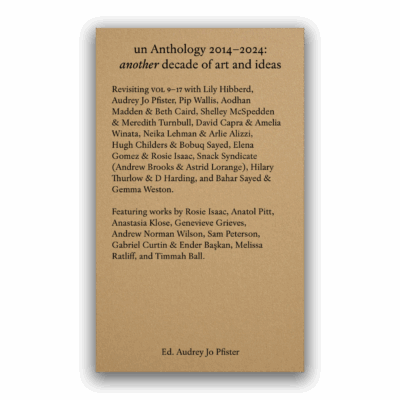Robert Smithson
Spiral Jetty
22 October–4 February 200922 Oct–4 Feb 2009
As I looked at the site, it reverberated out to the horizons only to suggest an immobile cyclone while flickering light made the entire landscape appear a quake. A dormant earthquake spread into the fluttering stillness, into a spinning sensation without movement. This site was a rotary that enclosed itself in an immense roundness. From that gyrating space emerged the possibility of the Spiral Jetty. No ideas, no concepts, no systems, no structures, no abstractions could hold themselves together in the actuality of that evidence. My dialectics of site and nonsite whirled into an indeterminate state, where solid and liquid lost themselves in each other. It was as if the lake became the edge of the sun, a boiling curve, an explosion rising into a fiery prominence. Matter collapsing into the lake mirrored in the shape of a spiral. No sense wondering about classifications and categories, there were none.—Robert Smithson.
Commonly regarded as American sculptor Robert Smithson’s greatest work, Spiral Jetty (1970) is an earthwork built of mud, salt crystals, basalt rocks, earth, and water on the northeastern shore of the Great Salt Lake near Rozel Point, Utah. It forms a 1500-foot long, fifteen-foot wide, counterclockwise coil jutting from the shore of the lake. Smithson reportedly chose the Rozel Point site because of the blood-red color of the waters and its connection with the primordial sea. (The red hue was due the presence of the salt-tolerant bacteria and algae that thrive in the extreme salinity of the lake’s north arm, which was isolated from fresh water sources by the building of a causeway by the railways in 1959.) In his 32-minute film-portrait of the Jetty, Smithson reveals the work’s evolution.
















